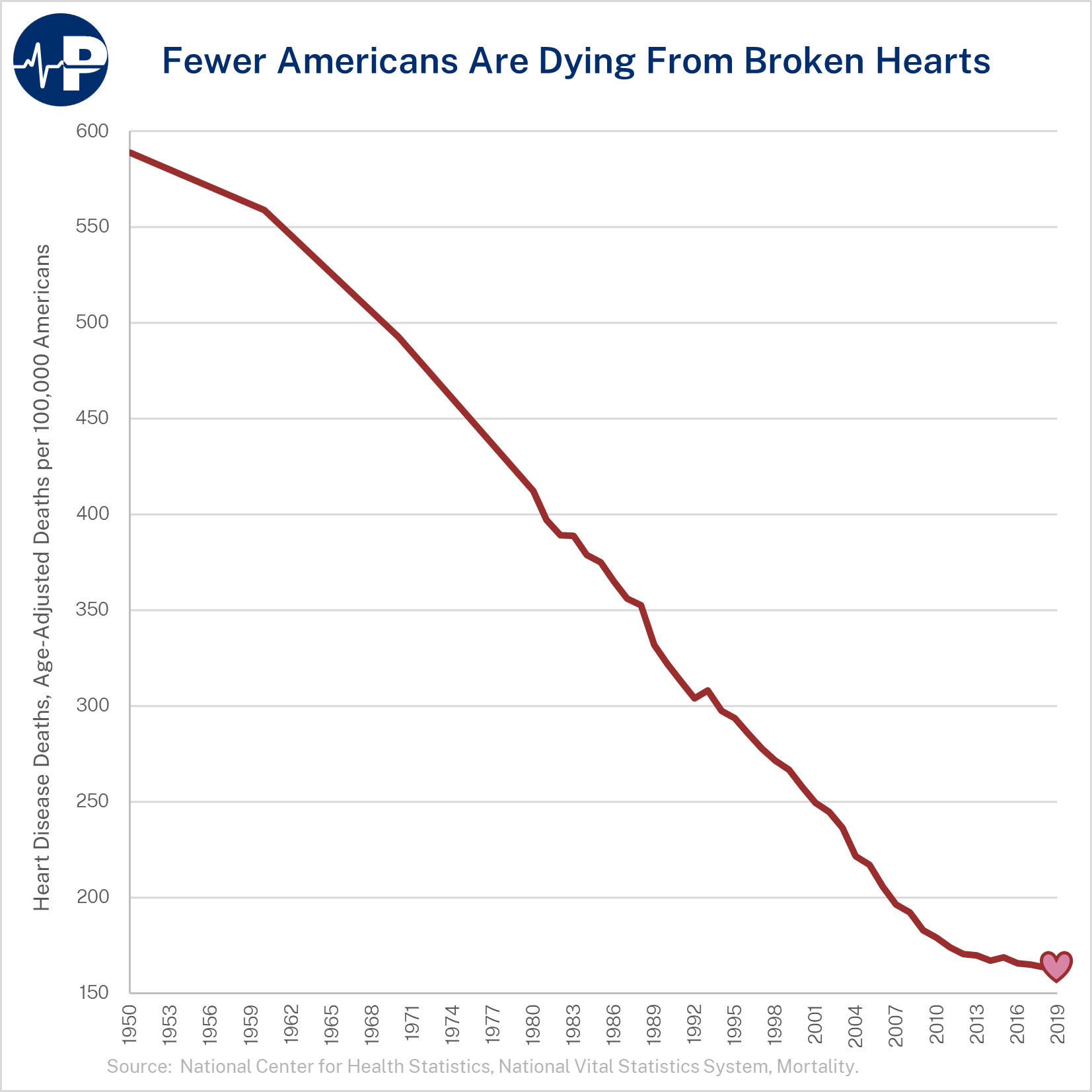As new cases of the Omicron variant surge, thousands of schools have delayed a return to in-person learning. Cities including Atlanta, Milwaukee, Cleveland and Detroit have switched to online learning or canceled school altogether. A notable and laudable exception — thanks to new Mayor Eric Adams — is New York City
Policymaking involves trade-offs. Here the decision is easy: the benefit of limiting in-person classes is far outweighed by the damage remote learning inflicts on children. As an editorial in The BMJ (British Medical Journal) concluded a year ago, “Closing schools is not evidence- based and harms children.”
Closure advocates assert they are protecting children from becoming infected and, in turn, protecting vulnerable people the kids come into contact with. Neither claim is true.
As I noted nearly a year ago, a Centers for Disease Control and Prevention report confirmed that K-12 schools are not associated with COVID-19 transmission from students within the schools or out into the community. Transmission in education and child-care settings is rare, especially if mitigation strategies, such as masking, distancing, and keeping students together in cohorts, are employed. As Adams opined, “The safest place for our children is in a school building.” …
While the benefits of school closures are minimal, the costs are not. School closures have been associated with learning loss, reduced social interaction and development, reduced physical activity and mental health problems. Declines in students’ standardized math and English test scores in 2020-2021 were larger in districts with less in-person instruction, and were significantly larger in districts with poor and minority students. Closures negatively impact students’ educational attainment and future earnings, an effect that was largest in poor neighborhoods.
The current spate of school closures is based on fear, not science. Students have endured two years of harmful educational disruption. Enough is enough.
Read the full article in the New York Post.





